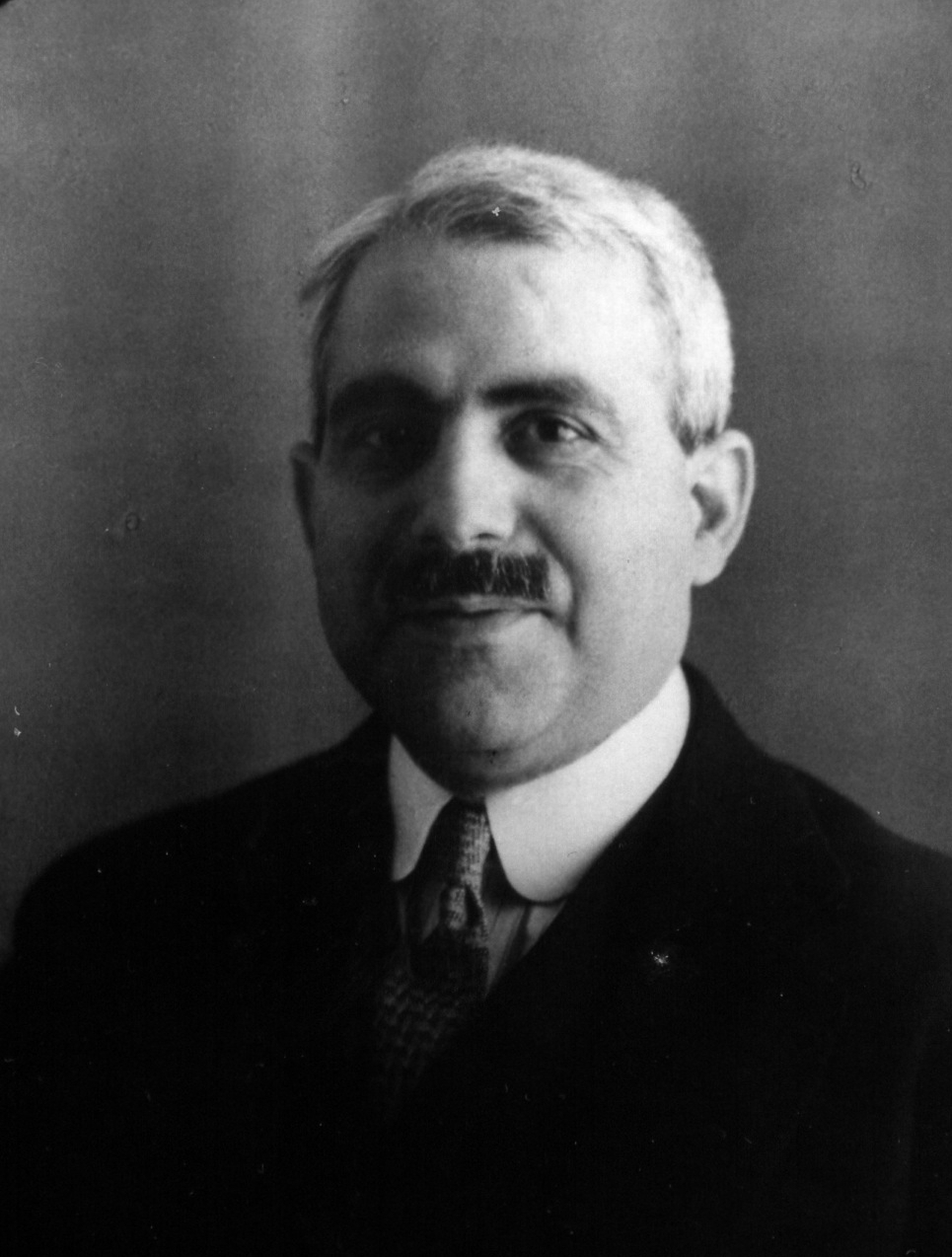
Cambridge University Library has been given an exciting opportunity to make the hitherto unseen Jacques Mosseri Collection available to the world. The Library was given the Collection in 2006 as part of a long-term loan agreement with the Mosseri family. During this period, the Mosseri manuscripts will be conserved, digitised and described, and the resulting catalogue will be freely accessible on the internet.
Nearly one hundred years ago, in a hunt for undiscovered Genizah manuscripts, Jacques Mosseri (1884–1934), a successful businessman and native of Cairo, began exploring the synagogues of Fustat and the Jewish Bassatine cemetery. A pioneer of modern education in the Jewish schools of Cairo and keen to promote Jewish heritage, Mosseri (with the encouragment of his friend, the French scholar, Israel Lévi), was eager to see what, if any, manuscripts remained in Old Cairo.
Mosseri and his associate Captain Raymond Weill (who later excavated the Siloam Channel IV in Jerusalem) soon discovered that papers did still exist in the area even after Solomon Schechter’s famous exploits in 1897. They moved the manuscripts they located in the Ben Ezra synagogue to a “safer place” in order to evaluate them.
The recovery of these valuable papers prompted further expeditions in the area between 1910 and 1912. Mosseri and Weill were assisted in their quest by the American scholar of semitics, Richard Gottheil, and by the French librarian and scholar, Bernard Chapira of the Société des Ȇtudes Juives. Some material was discovered at the Bassatine cemetery but, with the help of various local officials, excavations conducted around the precincts of the Ben Ezra synagogue proved very fruitful. The manuscripts that Mosseri unearthed there had probably been buried in the 1890s during the reconstruction of the synagogue when the Genizah chamber was emptied of its contents.
Mosseri believed that the manuscripts he’d assembled amounted to “roughly 4000 fragments” (in fact the Collection consists of more than 7000 pieces). Bernard Chapira set about cataloguing them and assigning classmarks based on subject matter (e.g., Letters [L]). Early finds included portions of Sefer Ha-Galuy by Saadia, the personal seal of the Babylonian Gaon Nehemiah and an autograph letter by Moses Maimonides.
Chapira’s catalogue was never published and it disappeared when the Collection itself went out of sight following Jacques Mosseri’s premature death in 1934. The manuscripts were not seen again until the 1970s when Israel Adler (the director of the Jewish National Library in Jerusalem) tracked them down and was granted access by the Mosseri family to microfilm the Collection.
Adler had only ten days to produce the microfilm. A brief hand-list was subsequently assembled by the Institute of Microfilmed Hebrew Manuscripts in Jerusalem on the basis of the new microfilm and Adler’s renumbering of the Collection.
Like the Cambridge Genizah Collections, the Mosseri manuscripts are derived from the classical Genizah period (10–13th centuries CE) and from later periods right up to the nineteenth century. The fragments include Bible, rabbinica, liturgy, medicine, documents, belle-lettres, and documentary papers of interest to historians of the modern period of Egyptian Jewry.
Until recently, the hurriedly-produced microfilm based on unconserved fragments was the only way to study the Mosseri Collection. In 2006, however, following discussions with members of the Mosseri family, Cambridge University Library acquired the Jacques Mosseri Genizah Collection on long-term loan for 20 years. The Collection was in a poor state of preservation and the Mosseri family were keen to find an appropriate way of taking care of it. Thus, the Library, with its well-acknowledged expertise in dealing with Genizah material, was entrusted with the Collection to conserve and digitize it, and to produce a new, detailed catalogue.
Images and descriptions of this fascinating Collection will be made available through the Cambridge Digital Library. When the Collection eventually moves to its permanent home, Cambridge University Library will continue to maintain the Jacques Mosseri Genizah Collection as a digital archive.
Images and descriptions of the Mosseri Collection are now available on the Cambridge Digital Library.
